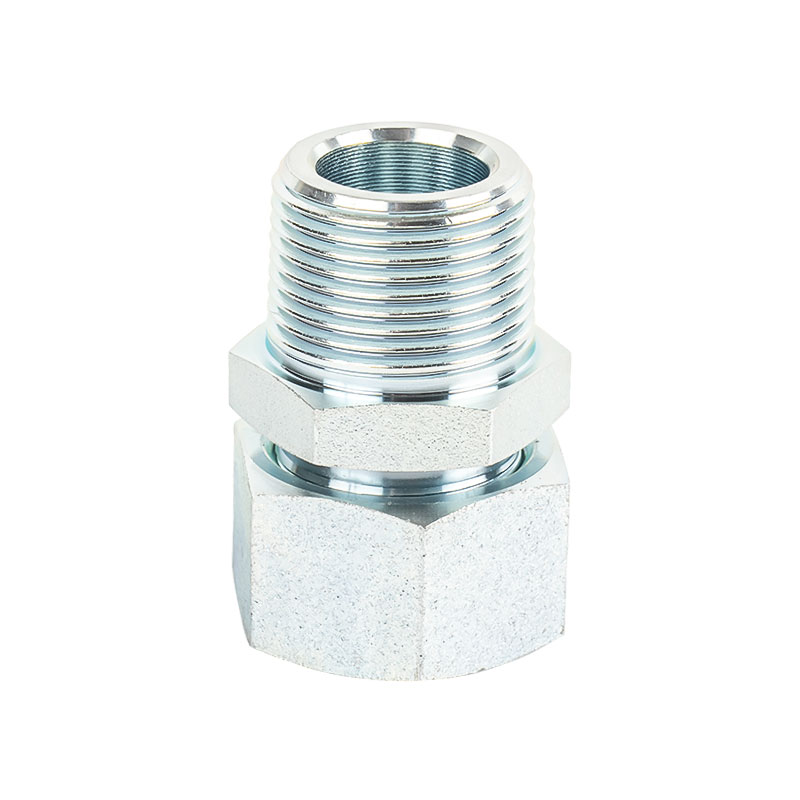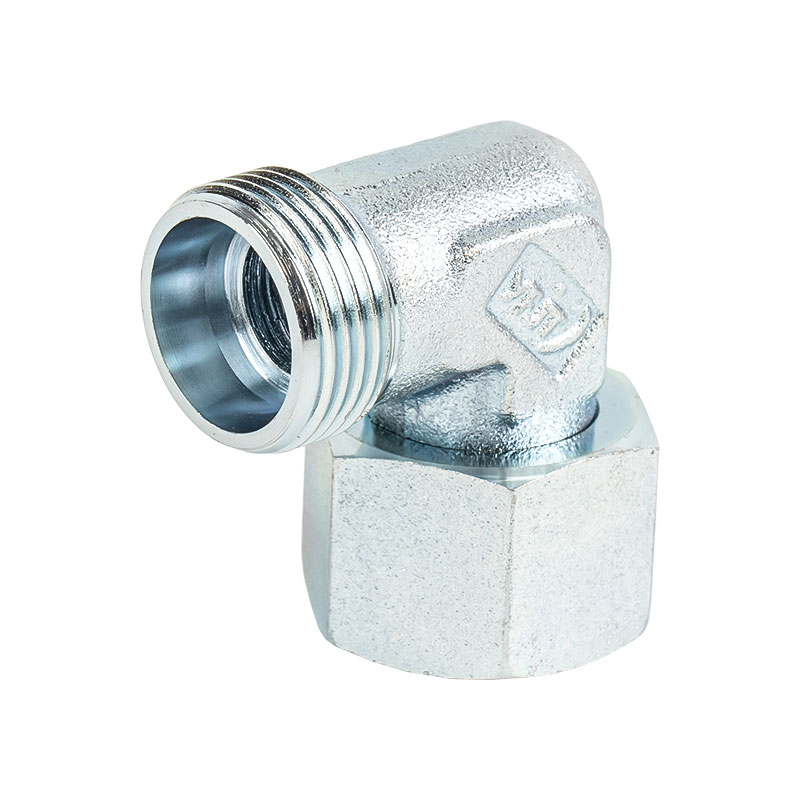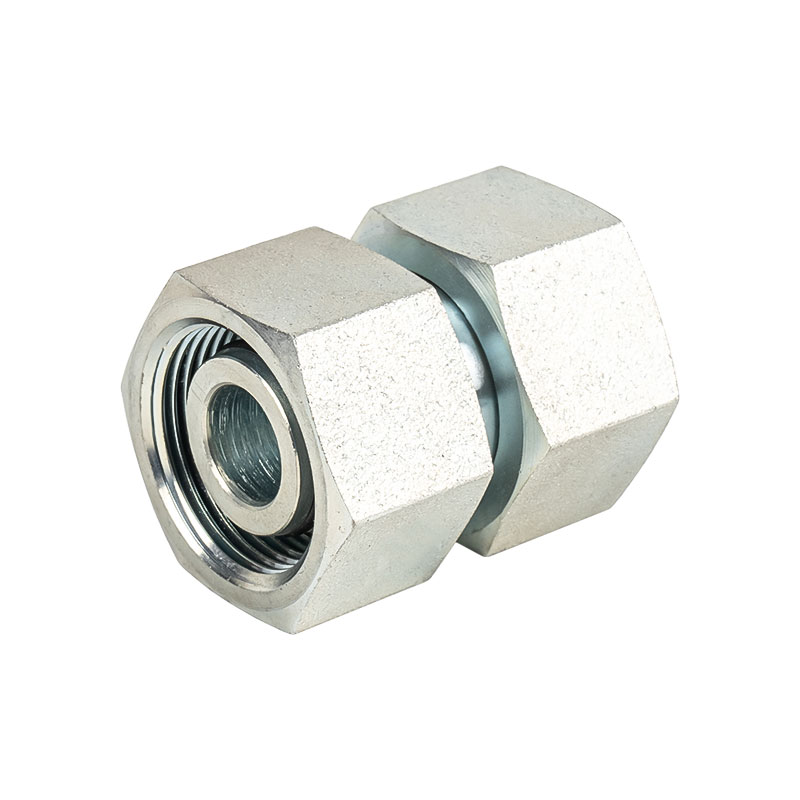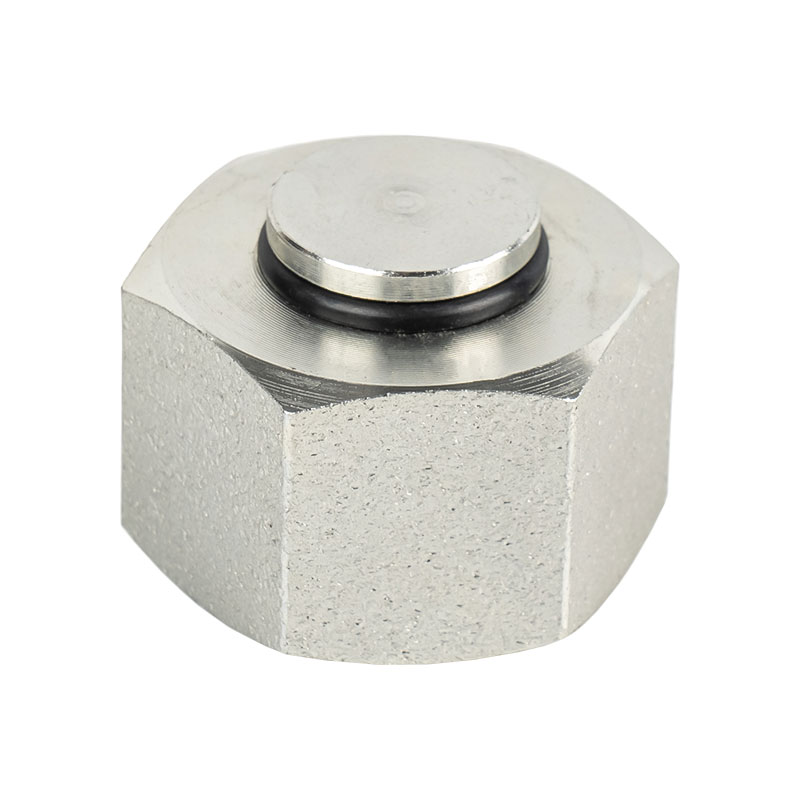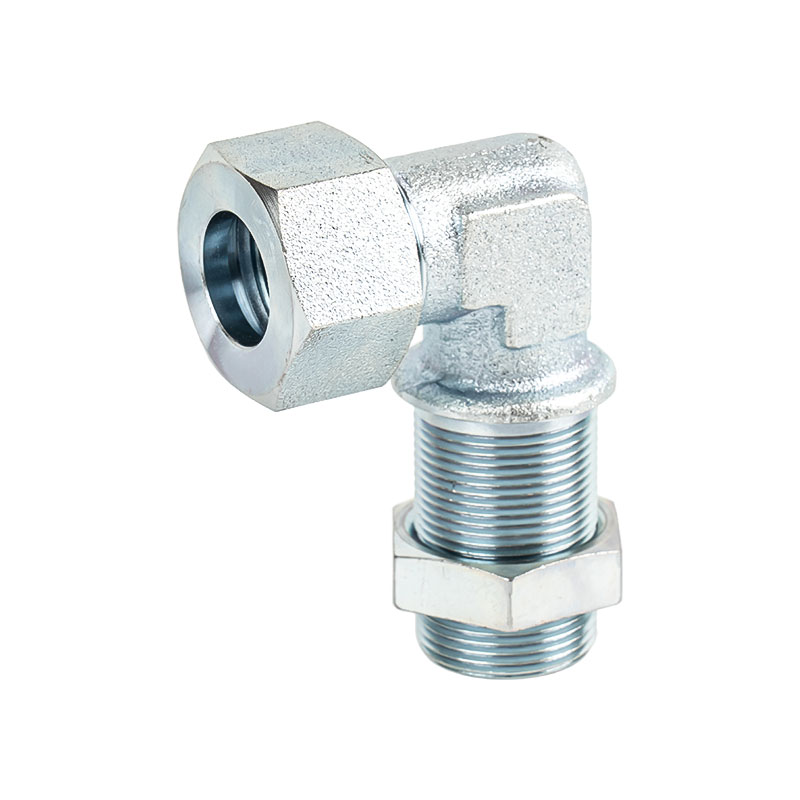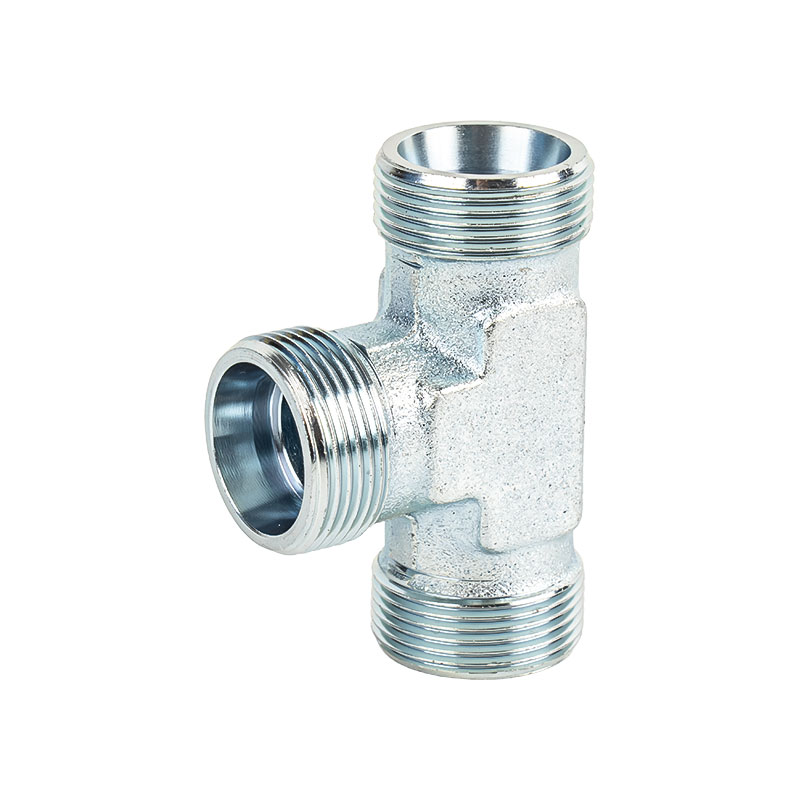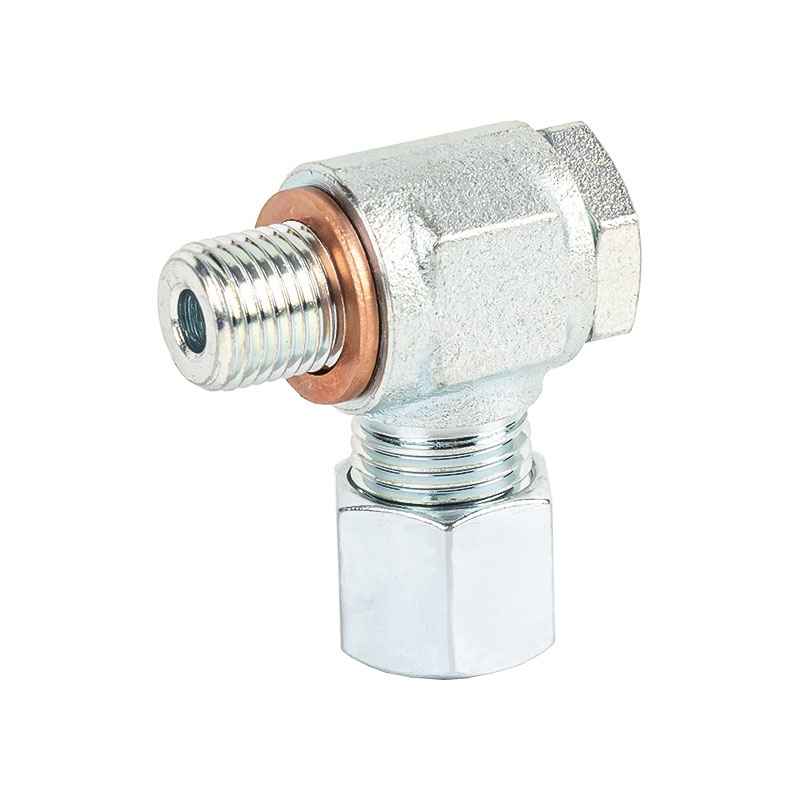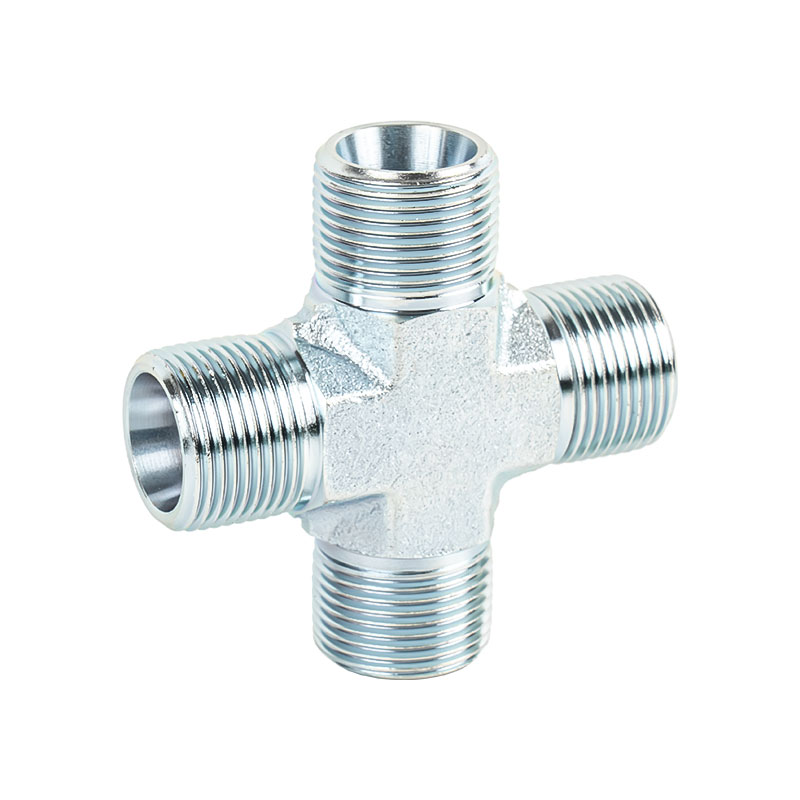Differences in applicable environments
Household adapters are mostly used in relatively stable indoor environments, with relatively small fluctuations in temperature, humidity, and voltage, and usually not working for long periods of time. Industrial environments are usually more complex, and may have factors such as high temperature, humidity, dust, vibration, or corrosive gases. Industrial adapter fittings must have stronger environmental adaptability.
*Protection level: Industrial adapters generally use IP54 and above protection levels, with waterproof and dustproof capabilities, and some can even be used outdoors or in heavy industrial locations.
*Anti-interference ability: There may be strong electromagnetic interference in industrial environments, so industrial adapters are usually equipped with stronger electromagnetic shielding measures.
Different power supply capacity and stability
Household adapters are usually used to power low-power devices such as mobile phones, routers, and laptops. The output voltage and current are small, and the requirements for power supply stability are relatively loose. Industrial adapter fittings are often used to drive motors, controllers, industrial instruments, and other equipment with large loads and high precision.
*Wider power range: Common power levels of industrial adapters range from tens of watts to thousands of watts, which meet the needs of different industrial equipment.
* More stable voltage and current: Industrial adapters use higher-specification circuit design and voltage conversion and voltage stabilization components to ensure stable power supply during long-term continuous operation.
Differences in structural design and material selection
In terms of structure and materials, industrial adapters usually pay more attention to durability and safety, while household adapters are lighter and focus on appearance.
* Shell material: Industrial adapter shells are mostly made of metal or reinforced plastic materials, which have high heat resistance and impact resistance; household adapters are mostly made of lightweight plastic materials for easy carrying.
* Structural layout: The internal structure of industrial adapters is more complex, and the wiring and heat dissipation design pays more attention to long-term stable operation; household products mostly pursue simple design.
Differences in service life and maintenance cycle
Industrial adapters are designed to take into account continuous work requirements and maintenance costs, and usually have longer service life and lower failure rates.
* Longer life design: Industrial products generally support 24-hour uninterrupted operation, and the service life of their internal components has been strictly tested.
* Stronger maintainability: Many industrial adapters support modular design, which is easy to repair and replace parts, while household products are mostly integrated packaging designs and have no repair value.
Different functional expansion and compatibility
The functions of home adapters are usually relatively simple, focusing on portability and versatility. Industrial adapters need to deal with complex control systems and have more diverse functions.
*Multi-channel output: Industrial adapters often integrate multiple output ports or signal channels to drive multiple loads or supply power at the same time.
*Wider protocol support: Industrial products may need to support communication protocols such as RS485, CAN bus, Modbus, etc., and connect to industrial control systems.
Differences in certification standards and safety requirements
Due to different safety requirements in application scenarios, there are also differences in the implementation standards of industrial and home adapter fittings.
*More stringent industrial certification: such as CE (industrial grade), UL industrial certification, RoHS, EN61000, etc., industrial products need to pass more comprehensive safety and electromagnetic compatibility tests.
*More complex safety mechanisms: Industrial adapters usually have complete overvoltage, overcurrent, and overtemperature protection mechanisms, and some also have redundant power supply and alarm functions.
Differences in price and cost
Due to differences in material selection, design, protection mechanism, etc., the manufacturing cost of industrial adapters is significantly higher than that of household products, and the price has also increased accordingly.
*Industrial adapters are expensive but durable;
*Home adapters are cheap and suitable for daily lightweight use.

 中文简体
中文简体
